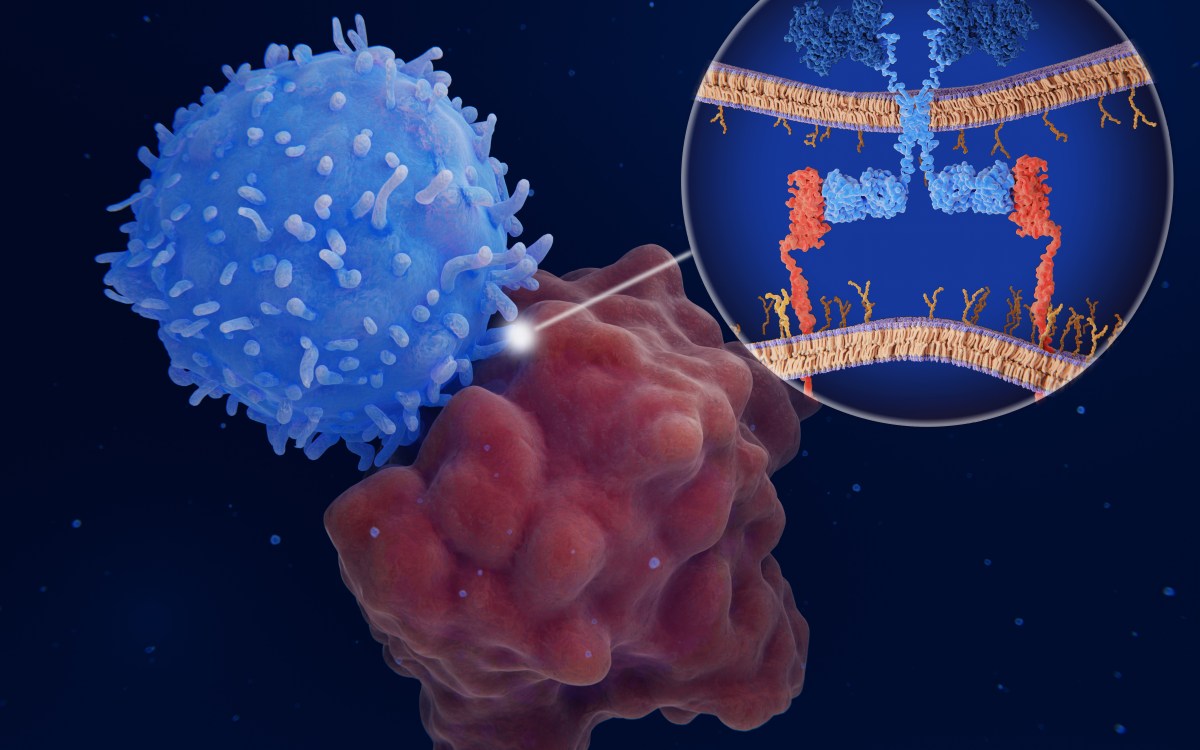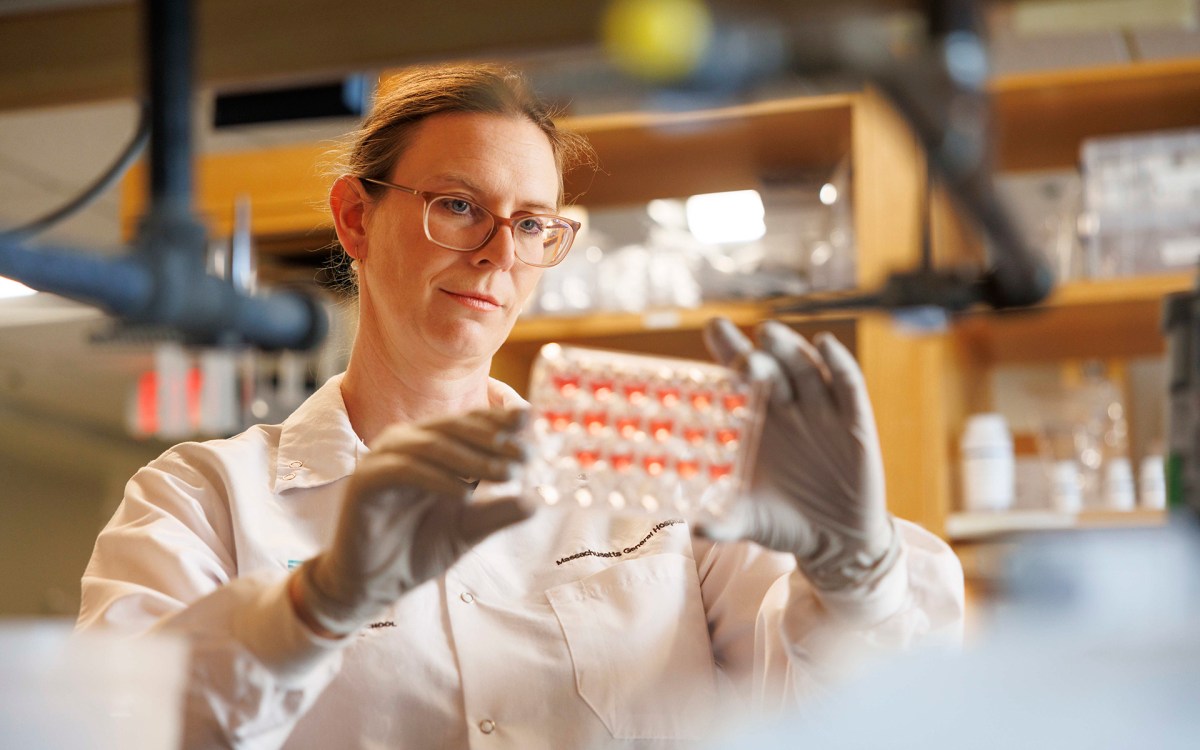Those least needy most likely to get free drug samples
Most free samples to those with health and prescription insurance
Most free drug samples are not used to ease the burden of the poor or the uninsured, but rather go to those most able to pay for their prescriptions, according to a study by physicians from Cambridge Health Alliance and Harvard Medical School. The study, which is the first to look at the free drug samples pharmaceutical companies provide to physicians, will appear in the February 2008 issue of the American Journal of Public Health.
The study found that use of free prescription drug samples is widespread, with more than one-in-ten Americans receiving one or more free drug samples in 2003. Almost 20 percent of those surveyed who take at least one prescription drug were given free samples.
Few free samples went to the needy, the study found: insured Americans and those with higher incomes were more likely to report receiving at least one free sample; more than four-fifths of sample recipients were insured all year. Conversely, less than one-fifth were uninsured for all or part of 2003, and less than one-third had low family incomes (under $37,000 for a family of four.)
The study also found that those with better access to medical care were consistently more likely to receive three samples. Non-Hispanics, English-speakers and Whites were all more likely to receive free samples than were members of ethnic, linguistic or racial minorities. Receiving medical care in an office and taking more medications also increased an individual’s chances of receiving free drug samples.
Author Sarah Cutrona, a physician at Cambridge Health Alliance and an Instructor of Medicine at Harvard commented: “The distribution of free samples has become very controversial. Evidence shows that free samples may influence physicians’ prescribing behavior and cause safety problems. For instance, we found that the most widely distributed sample in 2002 was Vioxx, with Celebrex being number 3. These drugs turned out to have lethal side effects. While many doctors still view samples as a safety net for their neediest patients, our study shows that samples are potentially dangerous, and do little for the needy.”
David Himmelstein, senior author of the study, a physician at Cambridge Health Alliance and an Associate Professor of Medicine at Harvard adds: “We know that many doctors try to get free samples to needy patients when those patients come into the office. We found that such efforts do not counter society-wide factors that determine access to care and selectively direct free samples to the affluent. Our findings strongly suggest that free drug samples serve as a marketing tool, not as a safety net.”
“Free drug samples are not the solution to the disproportionately low amount of health care resources going to the poor and uninsured; they are part of the problem,” said Steffie Woolhandler, a physician at Cambridge Health Alliance, Associate Professor of Medicine at Harvard, and study co-author.
The study used data on 32,681 US residents from the Medical Expenditure Panel Survey (MEPS), an annual federal survey. Dr. Cutrona’s work on the study was supported under a National Research Service Award.





